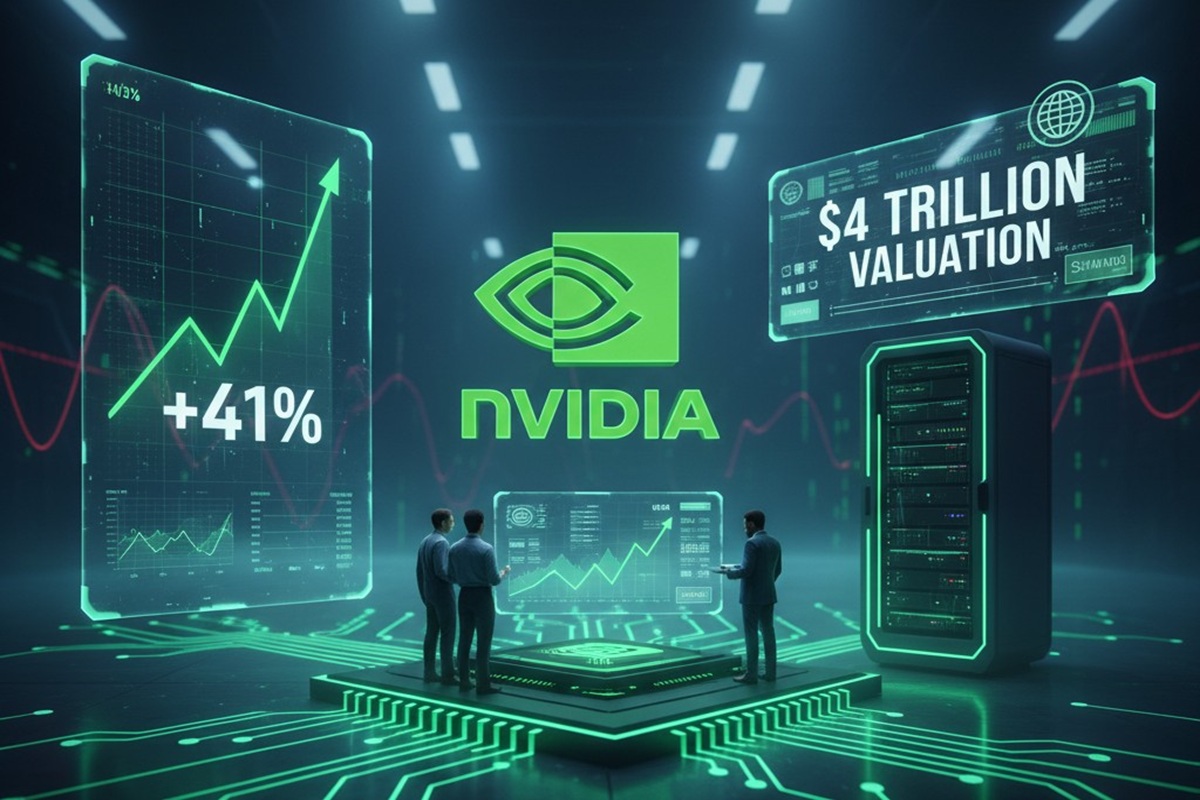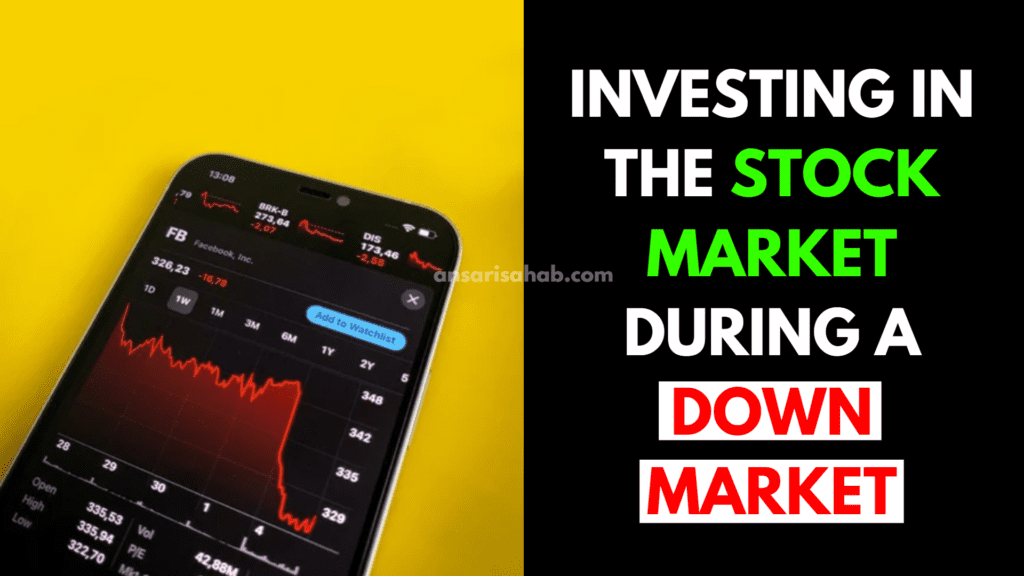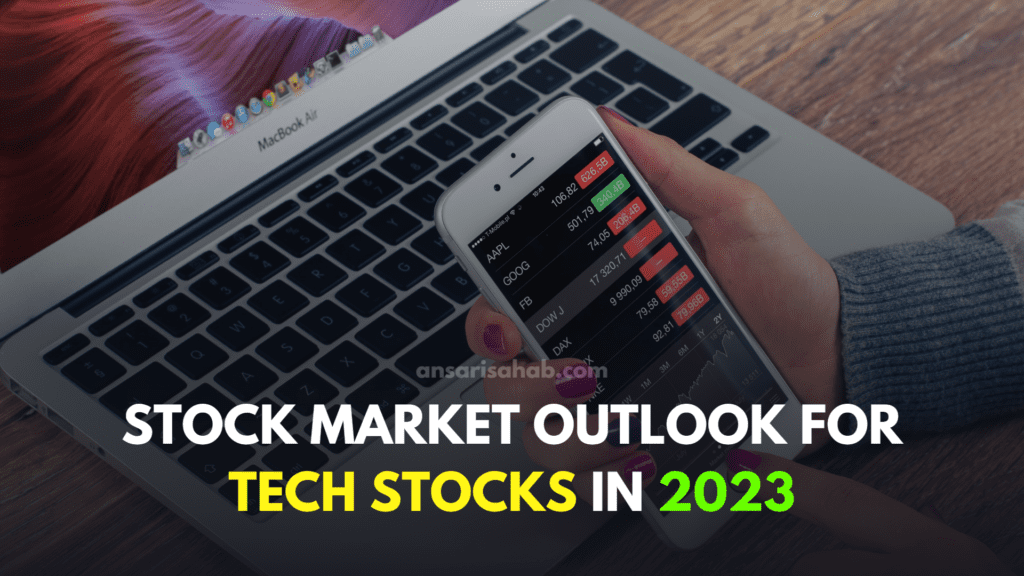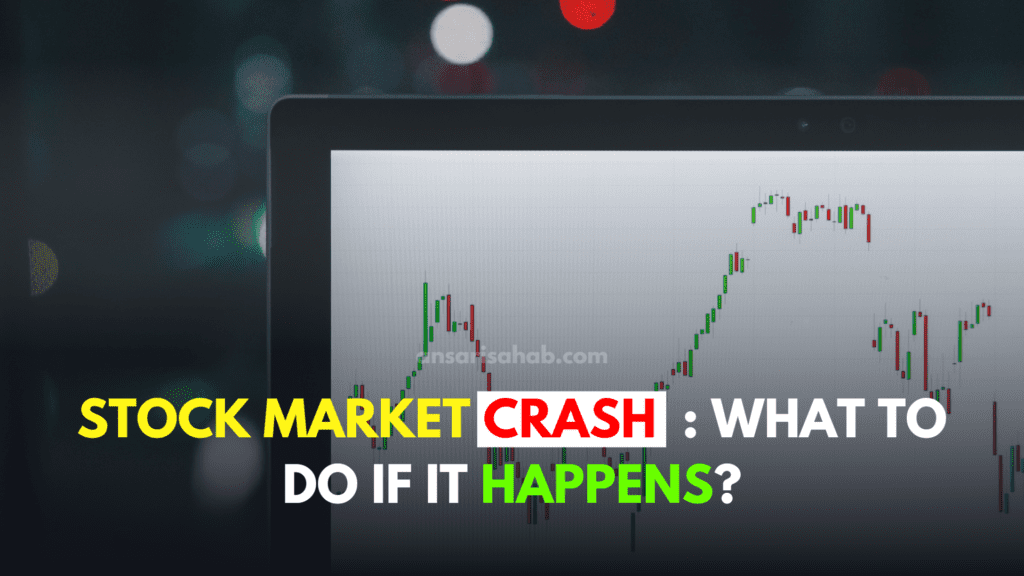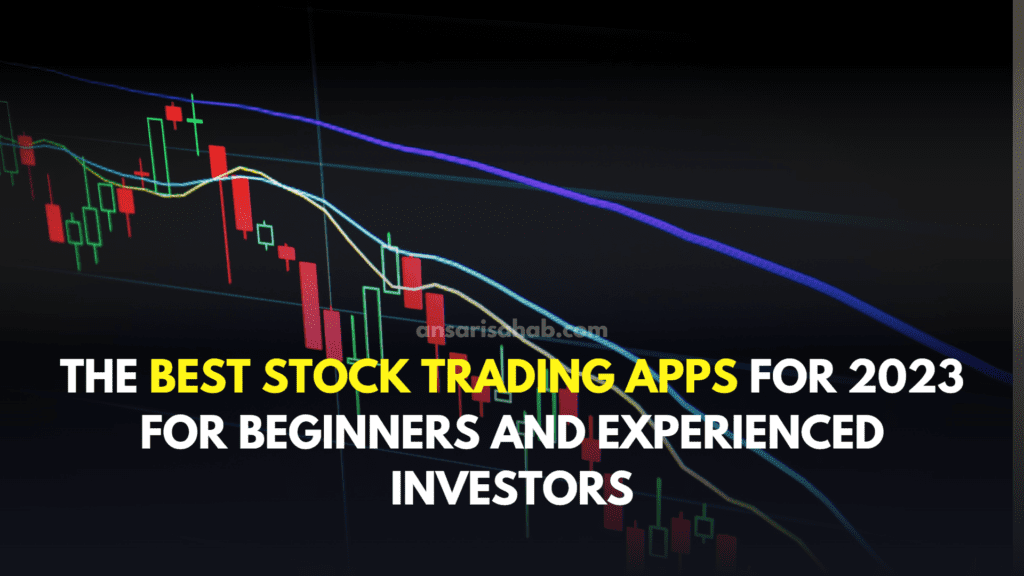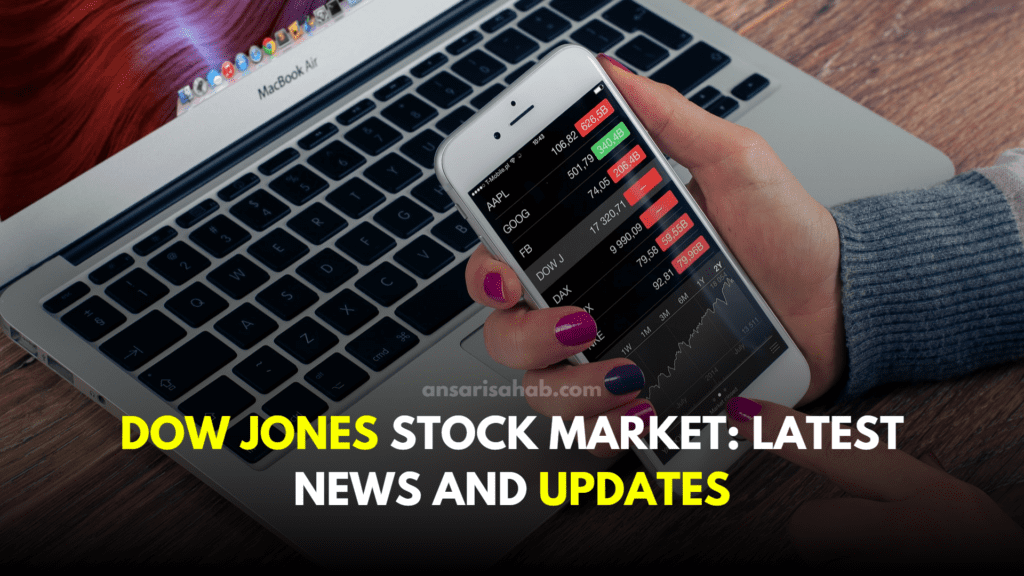Nvidia’s stock has soared dramatically, fueled by surging demand for its AI chips. But with the company briefly hitting a $4 trillion+ valuation, having just 36,000 employees, and fresh geopolitical risks around China, some investors are asking: Is Nvidia still a buy?
Nvidia’s Meteoric Ascent & Lean Workforce
- Earlier this year, Nvidia’s market cap crossed the $4 trillion mark, making it one of the most valuable companies in the world.
- By September 2025, its market value climbed even higher — through $4.5 trillion — driven by deals around AI infrastructure.
- Despite its mammoth valuation, Nvidia’s workforce remains relatively small. As of fiscal year 2025, the company employed only 36,000 people
- That translates to an astounding per-employee value, raising concerns among some analysts about the decoupling of labor and capital.
In other words: Nvidia’s market worth is massive, but its human capital is lean — a hallmark of a tech company built for scale and efficiency rather than labor intensity.
Geopolitical Risks: Trump, China, and Trade Uncertainty
- Investor optimism has been bolstered by recent remarks from Donald Trump, who is reportedly engaging with Chinese President Xi Jinping over Nvidia’s Blackwell chips.
- Trump’s potential support comes at a complex moment, as Nvidia has faced export restrictions on certain chips to China, a market that once contributed heavily to its growth.
- Analysts warn that new export license restrictions under a Trump-led administration could hit Nvidia hard. Some project a possible $4–6 billion revenue impact in fiscal 2026 if restrictions deepen.
- On the flip side, a thaw in trade relations or easing of export controls could reopen China as a significant revenue stream — helping justify the valuation at sky-high levels.
AI Demand Still a Powerful Tailwind
- Nvidia remains deeply entrenched at the heart of the AI infrastructure boom. Its GPUs are widely used in data centers and by major cloud players.
- The company has also struck a multibillion-dollar deal with OpenAI to support its AI compute needs, signaling sustained demand for next-gen chips.
- Some bullish analysts argue that Nvidia’s long-term growth could far outweigh near-term policy risks — viewing the company’s scale as a built-in moat.
But There’s a Catch: Labor Decoupling & Value Risk
- Nvidia’s $4 trillion+ valuation, combined with its small workforce, highlights a broader trend: wealth is being decoupled from labor.
- Critics say this ratio raises questions about whether the current valuation reflects long-term value or irrational exuberance.
- Some retail investors echo this concern. On forums like Reddit, users warn that sustaining such a valuation demands “perfect execution” and continued dominance. > “For Nvidia to maintain a $4.5 T valuation, it needs to execute perfectly,” one user wrote.
- There’s also political risk: if trade tensions worsen, particularly around China, Nvidia’s growth could be disrupted — and fast.
So, Is Nvidia Stock Still a Buy?
Bull case (yes):
- AI demand remains sky-high, especially for data-center infrastructure.
- Nvidia’s lean workforce and high margins give it tremendous scalability.
- If trade barriers ease, especially with China, Nvidia’s market could expand rapidly again.
Bear case (proceed with caution):
- The $4T+ valuation may be “priced for perfection.” Execution risk is very real.
- Geopolitical tensions remain a fluid threat; changes in export policy could erode growth.
- The disconnect between workforce size and valuation could raise long-term sustainability questions.
Conclusion
Nvidia is not just riding an AI wave — it’s arguably the engine powering it. But with such a high valuation relative to its workforce, and with trade risk looming large, this may be a moment to be strategically bullish, not blindly all-in.
If you’re a long-term investor confident in AI’s trajectory and Nvidia’s dominance, this could still be a compelling bet. But if you’re more risk-averse — especially given policy headwinds — it may be wise to take profits or hedge.

